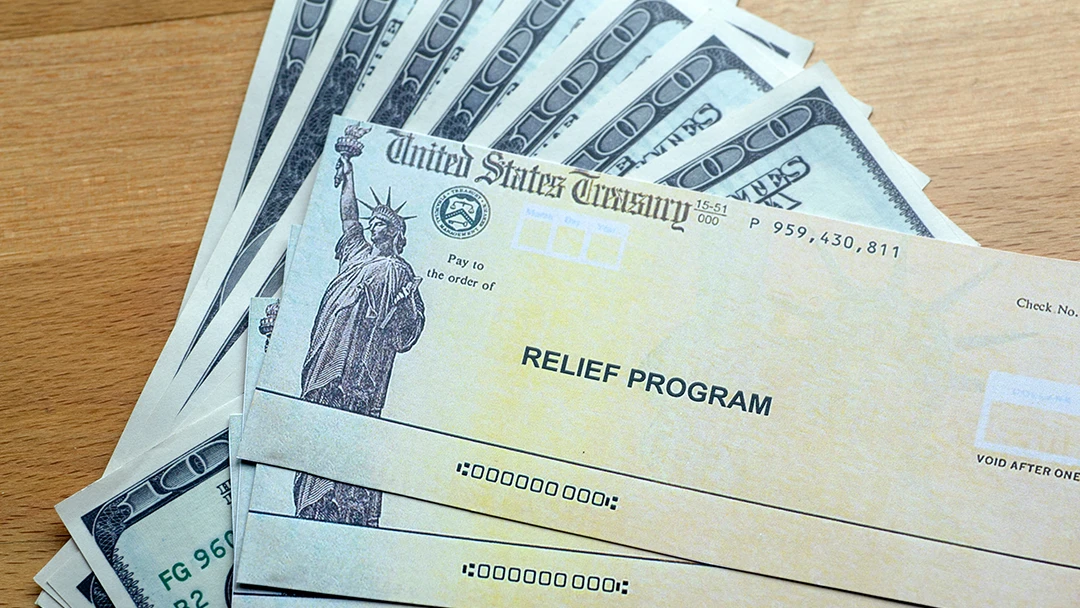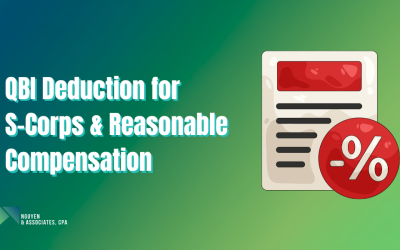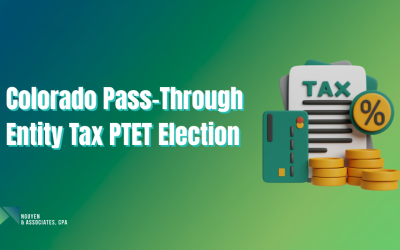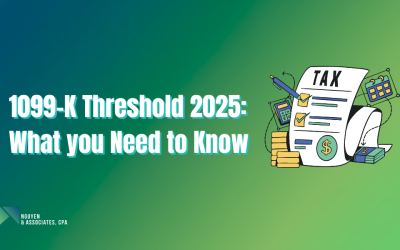
Stimulus Checks – Economic Impact Payments
The CARES Act Section 2201 included a provision for Recovery Rebates for Individuals, commonly known as Stimulus Checks.The stimulus checks will be for up to:$1,200 for Individuals$2,400 for married filing jointly couples$500 for each dependent child under age 17The amount of the check will be phased out based on the 2019 Adjusted Gross Income (AGI), or 2018 AGI if the 2019 return has not yet been filed.
Taxpayers will not be eligible for a check if:
- Their Adjusted Gross Income is greater than
- $99,000 if your filing status was single or married filing separately
- $136,500 for head of household
- $198,000 if your filing status was married filing jointly
- They can be claimed as a dependent on someone else’s return
- They do not have a valid Social Security number
- They are a nonresident alien.
- They filed Form 1040-NR, Form 1040NR-EZ, Form 1040-PR, or Form 1040-SS for 2019.
Claiming the Payment
Taxpayers do not have to do anything if they filed an Individual Income Tax return (Form 1040 series) in 2019 or 2018. However, if you receive your tax refunds by mail, and you have moved since the last time you filed taxes, click here to update your mailing address accordingly.Also, the taxpayers do not have to do anything If a tax return was not filed, usually because the taxpayer was below the filing requirements, but they they receive:
- Social Security Benefits reported on Form SSA-1099
- Railroad Retirement Benefits reported on RRB-1099
- Social Security Disability Insurance (SSDI)
These taxpayers will receive their payment in the same way as their retirement benefits, either by check or direct deposit.Low income workers and others who have not filed a tax return, again typically because they are below the filing requirements, can provide their information to the IRS on the website. This site will also allow taxpayers to include their children under age 17.If a taxpayer has filed returns but has not provided the IRS with their banking information, such as if they have had balance due tax returns for the past several years, by mid-April they can provide their direct deposit information on the IRS website to speed up delivery of the payment.
Most people should receive their stimulus checks by 4/17/2020
Below is the anticipated time groups of people should expect to receive their payment. Of course, they are goal shipment dates, actual delivery time may vary
IRS Sending Date Method Criteria 4/9/2020(Planned Arrival 4/14/2020)
Direct Deposit Files a tax return in 2018 or 2019 and had direct deposit with the IRS4/24/2020
Paper Taxpayers with AGI < $10,0005/1/2020 Paper Taxpayers with AGI from $10,001 to $20,0005/8/2020 Paper Taxpayers with AGI from $20,001 to $30,000May 2020 – September 2020
Paper IRS will continue to send paper checks in order from lowest income to highest income based on 2018 or 2019 tax information. 9/4/2020 Paper
The IRS will mail any remaining checks, up to the maximum AGI that is eligible to receive a stimulus check 9/11/2020 Paper The IRS will send checks to those who didn’t provide contact information to the IRSFor security reasons, the IRS plans to mail a letter about the economic impact payment to the taxpayer’s last known address within 15 days after the payment is paid. The letter will provide information on how the payment was made and how to report any failure to receive the payment.If the taxpayer has moved since their last tax return, they may wish to update their mailing address with the IRS. This Tax Topic explains how.
Calculation and Reconciliation
The Economic Impact Payment is actually an advance on a 2020 Refundable Credit. To elaborate, IRS is using AGI, filing status, and dependent information from the 2019 tax return (or 2018 if the 2019 return has not been filed) to calculate the amount of the payment. The taxpayer’s 2020 tax return could be significantly different.When the 2020 Individual Tax Return (1040) is prepared, the 2020 version of the calculation will be made. If the advance payment was less than the 2020 calculated amount, the taxpayer will receive the difference as an additional refundable credit amount.If a taxpayer did not receive the advance payment, they will be able to claim the full refundable credit on their 2020 Individual Tax Return (1040) .If the advance credit was more than the 2020 calculation, don’t worry, the taxpayer does not have to pay back the difference. There will be no change required on the 2020 Individual Tax Return (1040).Taxpayers below the phase out level will receive the maximum payment. Those above the phase-out level will not receive any payment. Taxpayers in the phase-out range will have their payment reduced by $5 for each $100 above the phase-out beginning range.Each child under age 17 will add another $500 to the parent that claimed them in 2019 (or 2018 of the 2019 return has not been filed).
Reductions
The payment will not be reduced or eliminated if the taxpayer owes money for prior year tax returns or student loans.The payment WILL be reduced if the taxpayer owes past due child support.The payment will not count against any means-testing, so will not impact participation in programs such as Medicaid, SNAP, or public housing.



